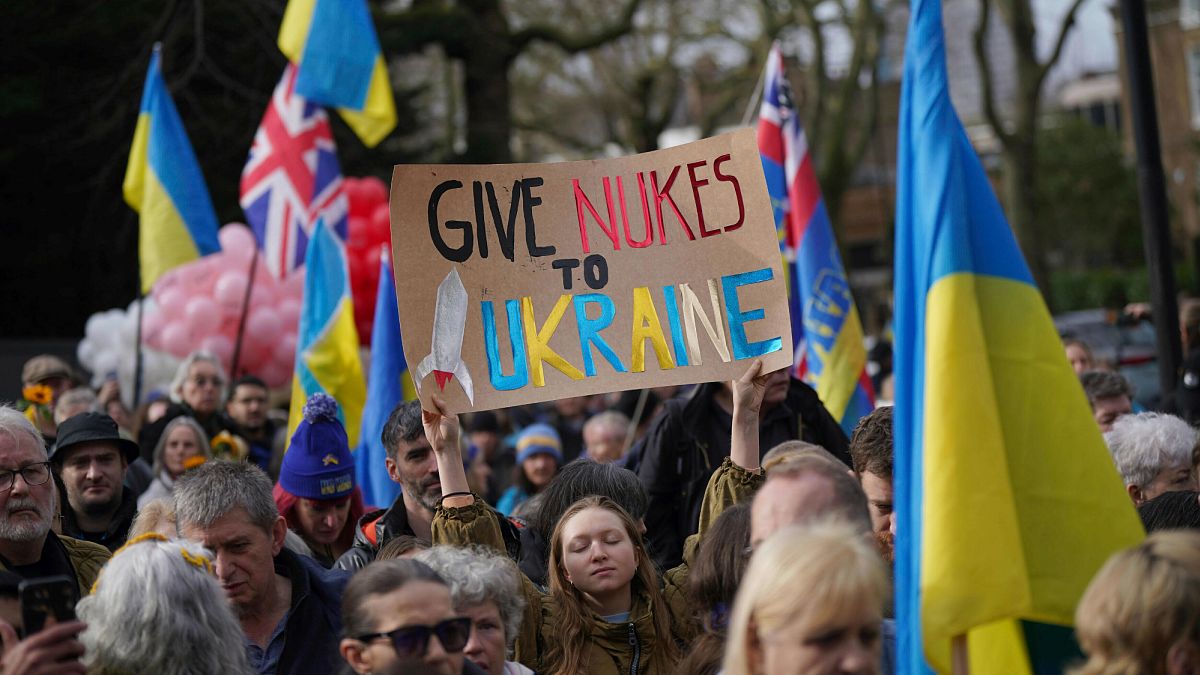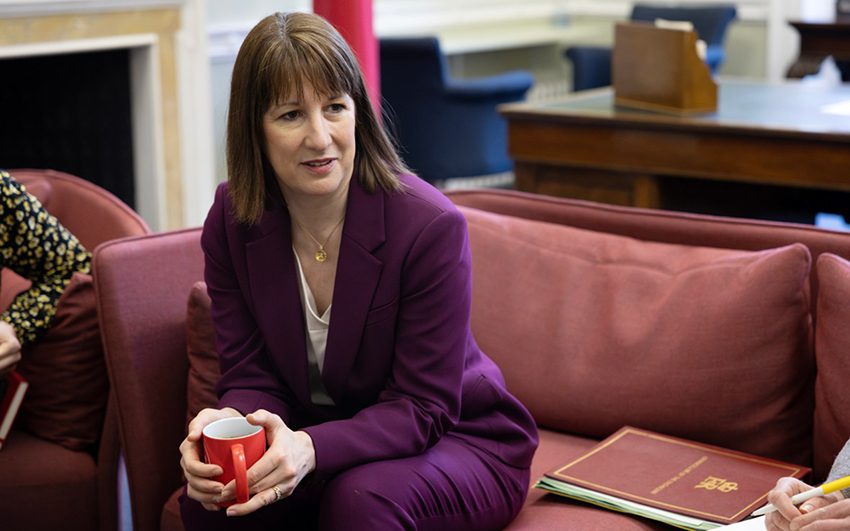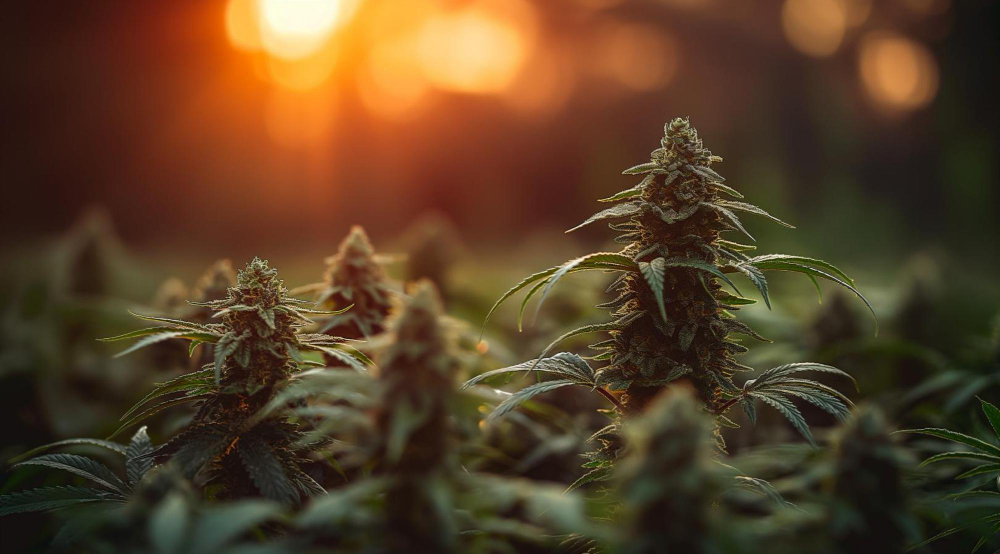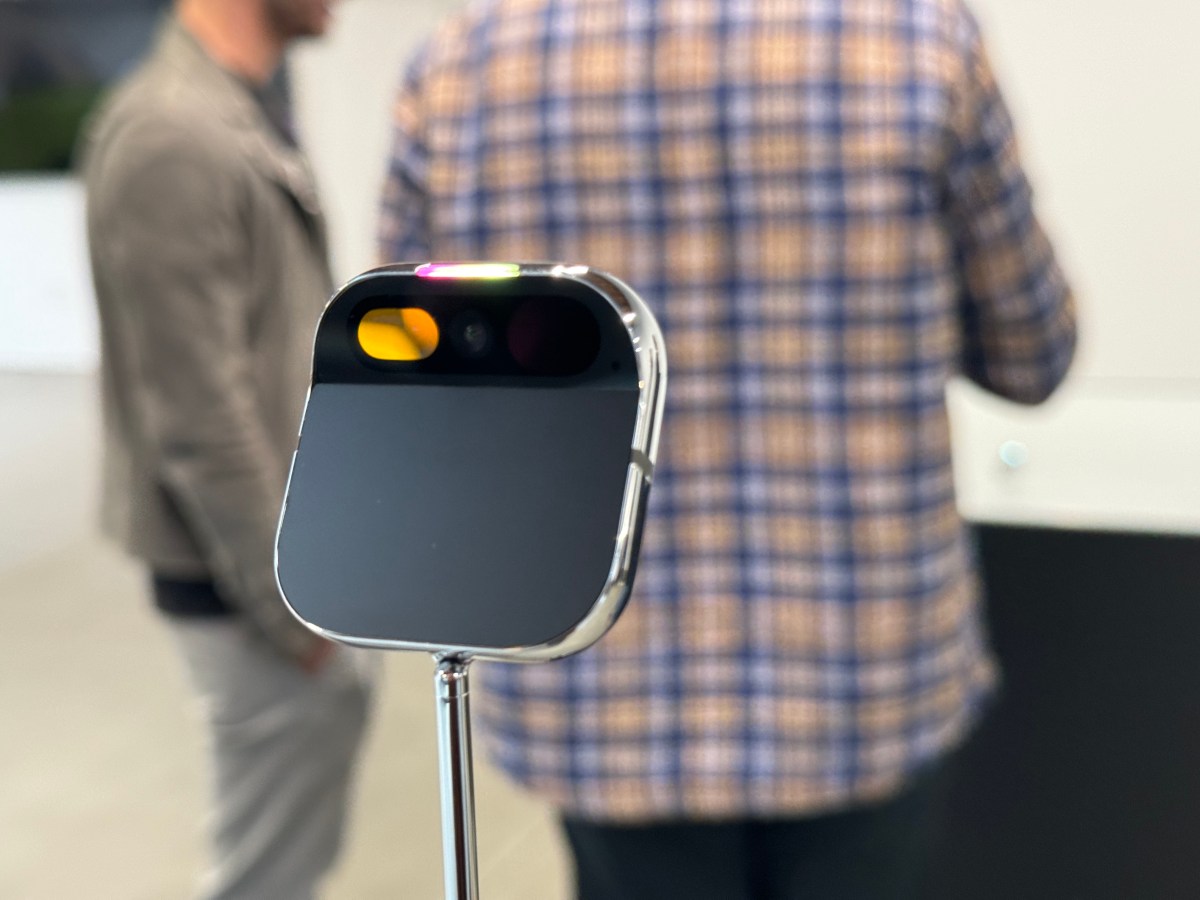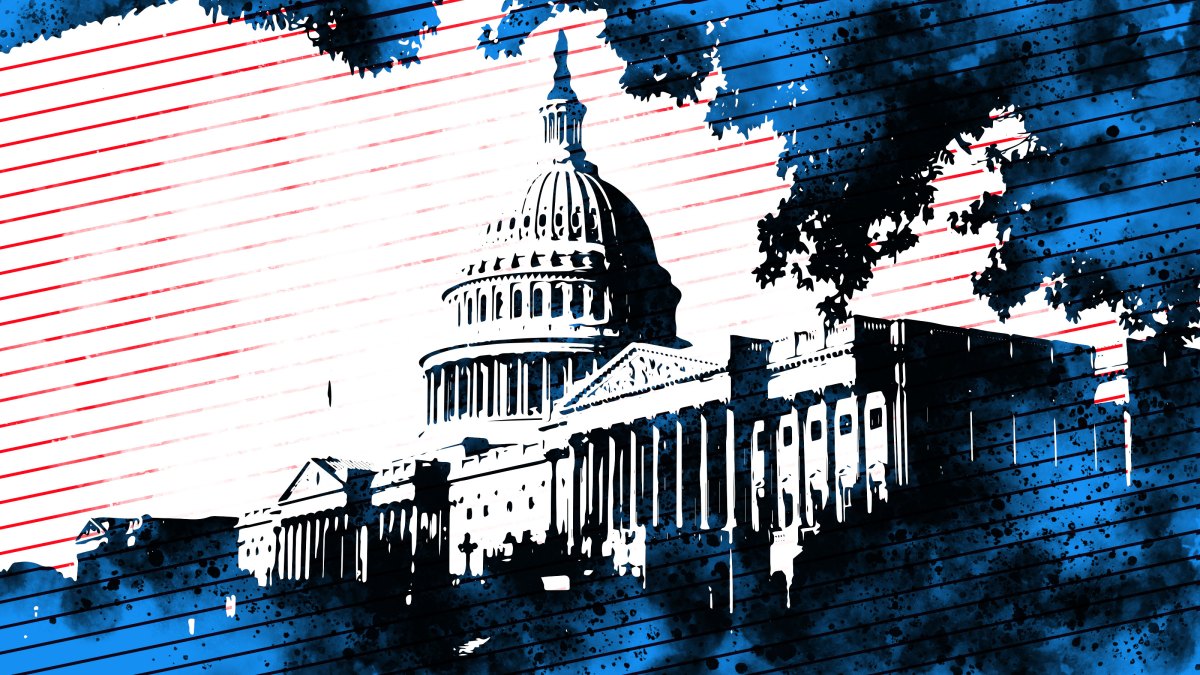How scientists pinpoint climate’s ‘telltale signs’ on Hurricanes Milton and Helene
POLITICO discussed the emergence of attribution science and the human fingerprints on Helene and Milton with Gabriel Vecchi, a Princeton University professor of geosciences.
Advances in a quickly maturing field of research are helping scientists show just how much human-driven climate change is exacerbating rainfall and wind strength in disasters like Hurricanes Helene and Milton.
Known as attribution science, the technique measures the likelihood of extreme weather events occurring against a range of scenarios — including one without all the planet-heating gases from fossil fuels like coal, oil and gas that scientists say have been the primary reason for the 1.3 degrees Celsius (2.3 degrees Fahrenheit) rise in temperatures since the mid-19th century.
POLITICO discussed the emergence of attribution science and the human fingerprints on Helene and Milton with Gabriel Vecchi, a Princeton University professor of geosciences who contributed to an analysis of Helene as part of World Weather Attribution, a collective of climate scientists and researchers.
Vecchi said all the “telltale signs” of climate change were present for both Helene and Milton: abnormally warm waters in the Gulf of Mexico that fueled the cyclones’ energy and rapid intensification from smaller tropical storms to massive hurricanes. That aligns with recent scientific literature that climate change makes it more likely for hurricanes to become stronger whenever they form.
“Milton went up from a Category 1 to a Category 5 in less than 10 hours,” Vecchi said. “That’s sort of outlandish. I couldn’t believe it when I saw it.” The WWA’s analysis released on Friday estimated that climate change boosted Milton’s rainfall between 20 and 30 percent and wind speed by 10 percent.
The following conversation has been edited for length and clarity.
What is attribution science?
Attribution science is the effort to, in a scientifically rigorous way, assess the extent to which a particular factor impacted something that we’re interested in in the environment. That could be, for example, the globally averaged temperature, and it could also be a weather event. Say there is a big flood somewhere, and we want to understand to what extent was that flood made more or less likely by global warming, more or less likely by El Niño, more or less likely by urbanization.
So that’s the what. What’s the how? How do you do this?
There’s no one way to do this, but ultimately, all of the methods have common elements. If a flood happens in New Jersey, the first step is to figure out how big was the flood? Am I interested in the flood because of how much water it had, or am I interested in the flood because of what time of day it happened? What are really the characteristics of the event that you’re trying to understand? And then you run experiments.
Because this is a climate world, we tend to do them with numerical models, with climate models. So we run the world as it was for the last 150 years, but we don’t allow greenhouse gasses to increase, or we don’t allow the solar changes to occur, or we don’t allow urbanization to happen. And comparing those experiments allows us to attribute increases in odds or decreases in odds to different factors.
This seems like a basic scientific experiment where you have a hypothesis and you have a constant and you have your variables. It seems common sense to test for these things. Why are we only starting to do this for specific events now?
It’s only recently that our models have gotten better at representing things like hurricanes and extreme rain and temperature extremes, so that now our models are fit for purpose, and so we can start answering these questions. Not only that, we have enough experience doing it that we can start doing it relatively rapidly. Now the methodologies are more established, and you can do these types of analyzes in a matter of days.
You mentioned our ability to run these models and experiments has improved over time. What specifically are we talking about here?
It’s a combination of a number of factors. Ultimately, the financial resources that have led to improved understanding of how the Earth system works have been a key element. Investment in observations that have allowed us to better know where we are and how the Earth has changed and all the signatures of change are crucial. Better computers that allow us to run the climate models at higher resolution, and with more processes in them, have been crucial. And better understanding of computer science and math that allows us to build climate models that are more efficient.
One of the benefits that society has reaped from this type of investment includes improvements in our weather forecast models, includes improvements in our seasonal prediction models and of our ability to look out years and decades into the future to make better decisions.
We talk a lot about peer-reviewed being the gold standard here. Now, is it that the methodologies are peer reviewed and you can just kind of plug and play with the rest, or are you getting these analyzes peer reviewed as well on the back end?
The analysis methodologies are peer reviewed. After the rapid report is made, there’s usually an effort to submit that study for peer review. Now, there’s a little bit of a lack of synchrony there, right? Because ideally you would want to submit your report for peer review and then have people edit it and make it better, and then report to the world what it is that you found. But what we found is that people were making attribution statements really close to when an event happened, without actually having any sort of formal analysis. And so there was a need, a desire, to have these attribution statements.
How has that been received by the broader scientific community?
There is an understandable concern that reversing the order of those last two bits – the reporting and the peer review – is potentially problematic. An alternative is to not say anything after an event happens, which I don’t think is the best alternative.
You mentioned earlier that people were starting to make attribution statements without any sort of study or analysis. What was the danger of that, and how does what you’re doing address that danger?
One of the dangers is the loss of credibility to the scientific process. Twenty years ago, as an event would come somebody would call a scientist and ask him a question – ‘Hey, this flood happened. What do you think the role of global warming is on it?’ – and most of us would say, ‘I don’t know. You know, we can’t actually attribute any single event to global warming.’
Or others would say, ‘Oh, I think this or that.’ There was a lot of confusion as to what really was going on. By using now peer-reviewed methods and methods that are reproducible, somebody else can take those same methods, apply them to data and get their own answer, then the quality of the answers is going to be higher. So we have much better information going out to the public.
There are still a lot of people in this country and in Congress and trying to fight for the White House who have downplayed, dismissed or denied climate science. Even right now with Milton, you’ve seen Florida Republican Gov. Ron DeSantis try to disconnect the effects of climate change from that storm. How does attribution science poke holes in that skepticism or denialism of climate science and its effect on these events?
Prior to the landfall of Milton, I do think that the correct focus should be on the forecast of Milton, the disaster management planning, the evacuation orders. Once an event has finished and we’re past the recovery stage, then there’s really a lot of importance to understand the context of the event. Even without climate change, we lived in a world where weather events sometimes had bad consequences. But the odds of the weather events have been changing, and we need to incorporate that. Attribution science is one way to provide that type of information.
Oftentimes after an event, climate change questions come up and political leaders say, ‘Let’s not politicize this. I don’t want to talk about climate change.’ Do you feel attribution science is making that conversation less avoidable for political leaders going forward?
Yes, but I’m not naive enough to imagine that sort of polarization is somehow going to be shattered by attribution science. One of the things I would say is that climate change science is not a political phenomenon. What I would hope is that we don’t give people that want to avoid thinking about the implications of what we know a pass by having them call natural science a political thing.
What's Your Reaction?









